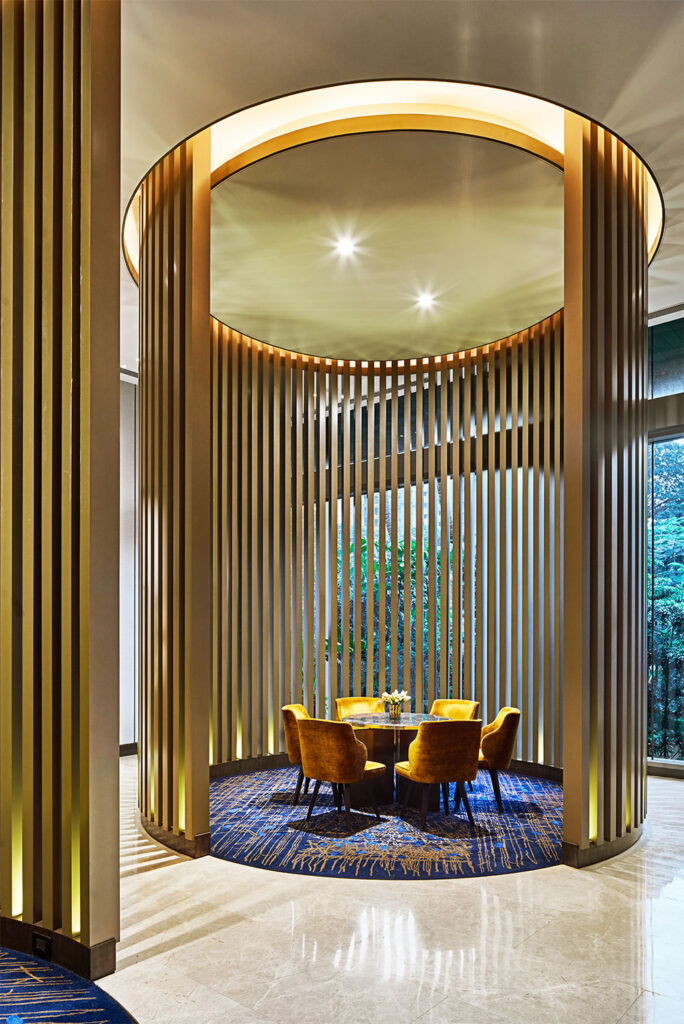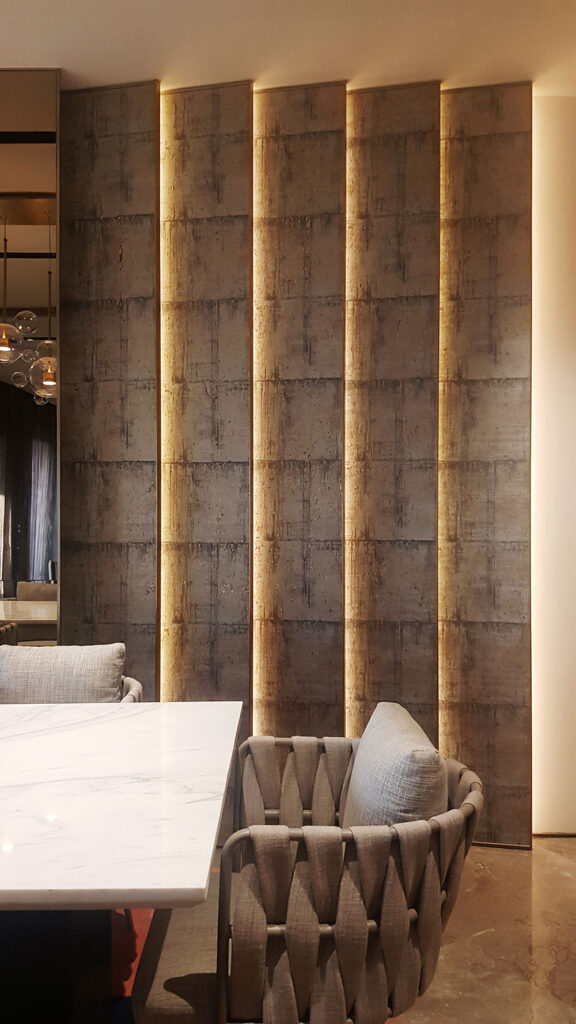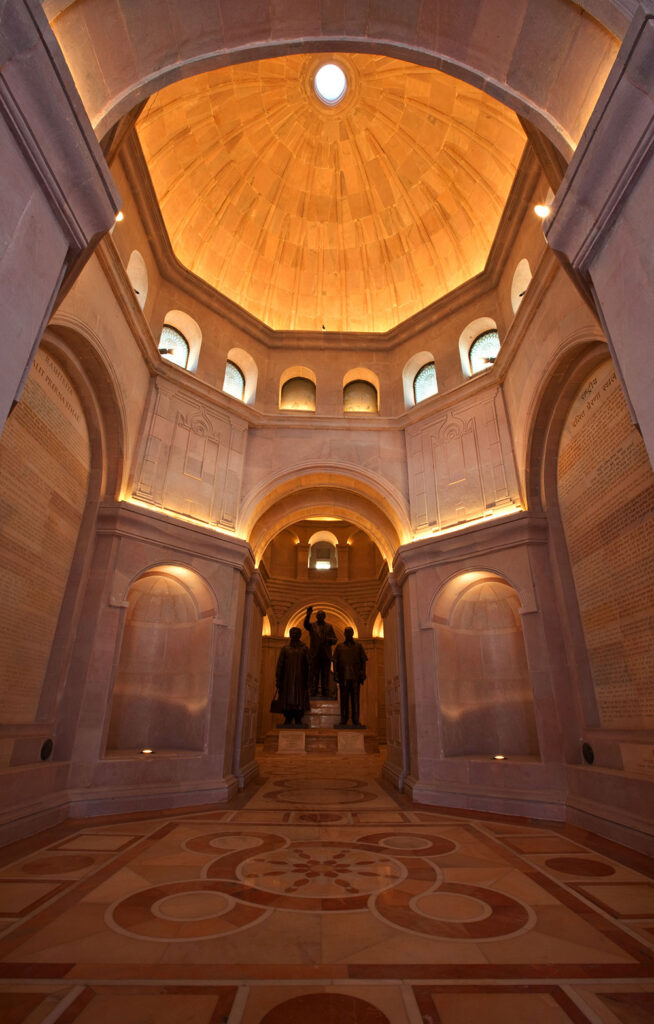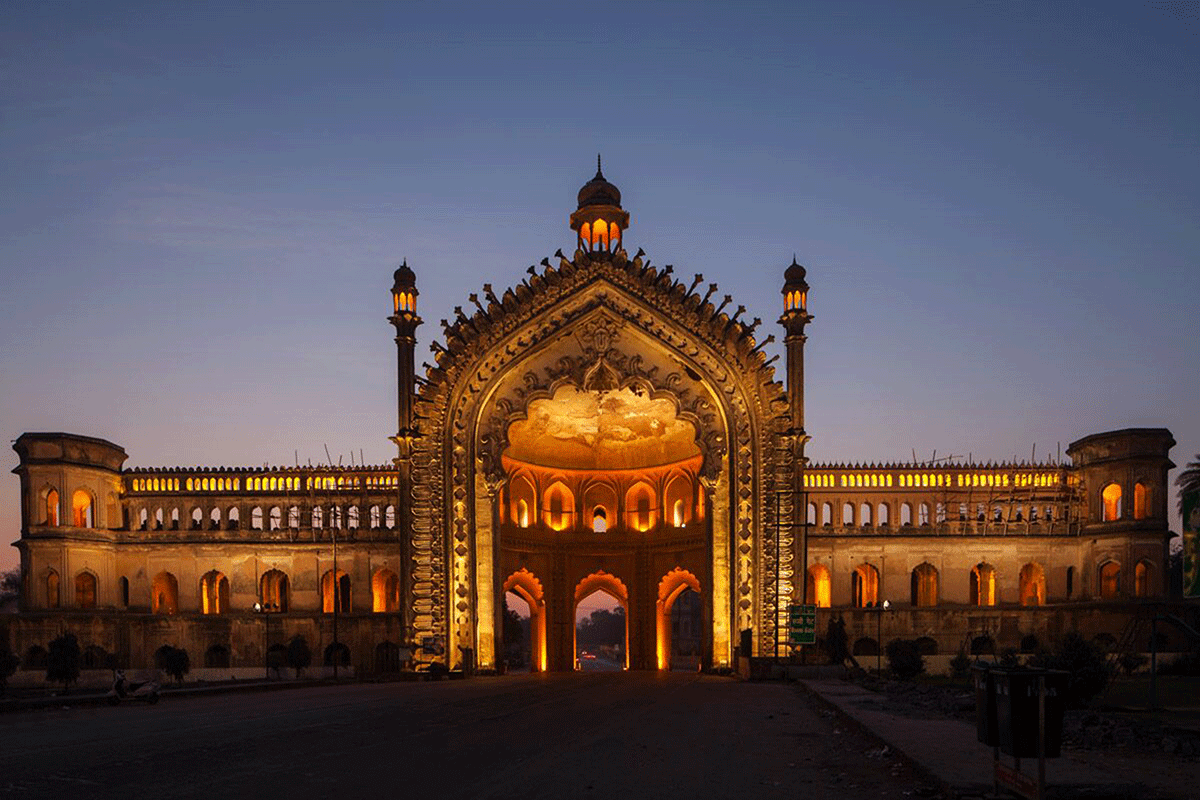Architectural lighting can be crucial in defining and accentuating the narrative of a space. It helps a space narrate its story both conceptually and literally. At the same time, it can also impact the inhabitant psychologically and physiologically. The design of any space gets an added dimension if rightly layered with lighting. A good lighting scheme aids in bringing the user’s vision to life, where the design narrative is set to personify the space according to the user.

Lighting not only creates depth, highlights the cosy spots, and draws attention to our most impressive areas but also creates a sense of drama in the space. Designing spaces that are practical and connect the inhabitants with the architectural elements requires designers to be more creative and mindful of the indispensable role of illumination in built environments. Therefore, when designing a space, architects and lighting designers must carefully consider lighting choices because unsuitable lighting can significantly impact the perception of a space.

Being a powerful agent of expression, lighting communicates the narrative of space through various elements — rhythm, composition, and nuance. Working in contrast to the architectural elements, lighting creates a focal point for artefacts, accentuates artworks and defines the furniture layout, thereby giving the fourth dimension to a space. Furthermore, depending on the user of the space —homeowners, employees, students, or the public — the light levels, temperature and colours will be different. As spaces flow into one another, the level of lighting changes to create a subtle difference in ambience. This creates a shift in mood and adds different levels of drama to each space. For instance, in residences, the entrance area usually has a low level of lighting compared to the main living areas with a high level of lighting. In contrast, private areas have a combination of lighting levels to set the mood and ambience accordingly.

With automation being the future of the lighting industry, it is now widely used for lighting schemes. Depending on the design, the lighting periods can be determined and controlled by the automation systems. Pre-programmed lighting scenes can be set up within these systems, creating a dramatic effect and enhancing the storytelling experience. These control systems also save energy and improve the efficiency of luminaires.
Lighting is the thread that weaves the narrative of a space together and helps the space tell its story, making it a crucial element in any design process. Therefore, considering these essential factors while designing any space will ensure that our rooms are equipped to support all kinds of activities with utmost comfort while setting the right mood and a flair for drama to harbour a lively and warm atmosphere.



